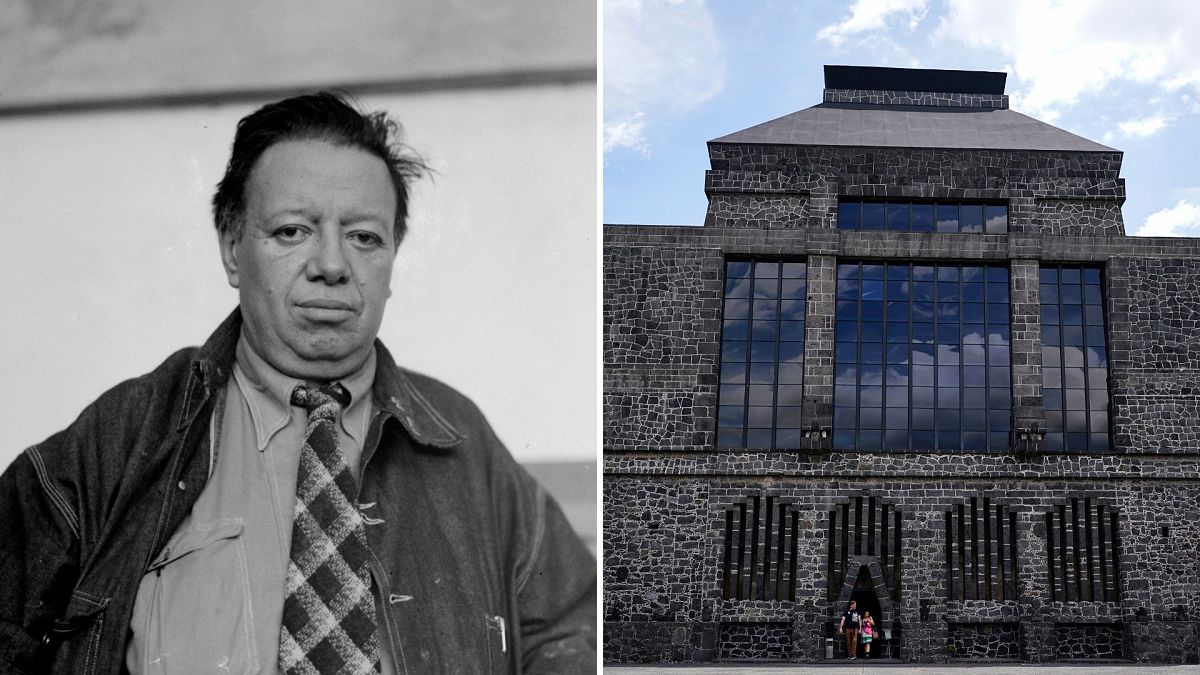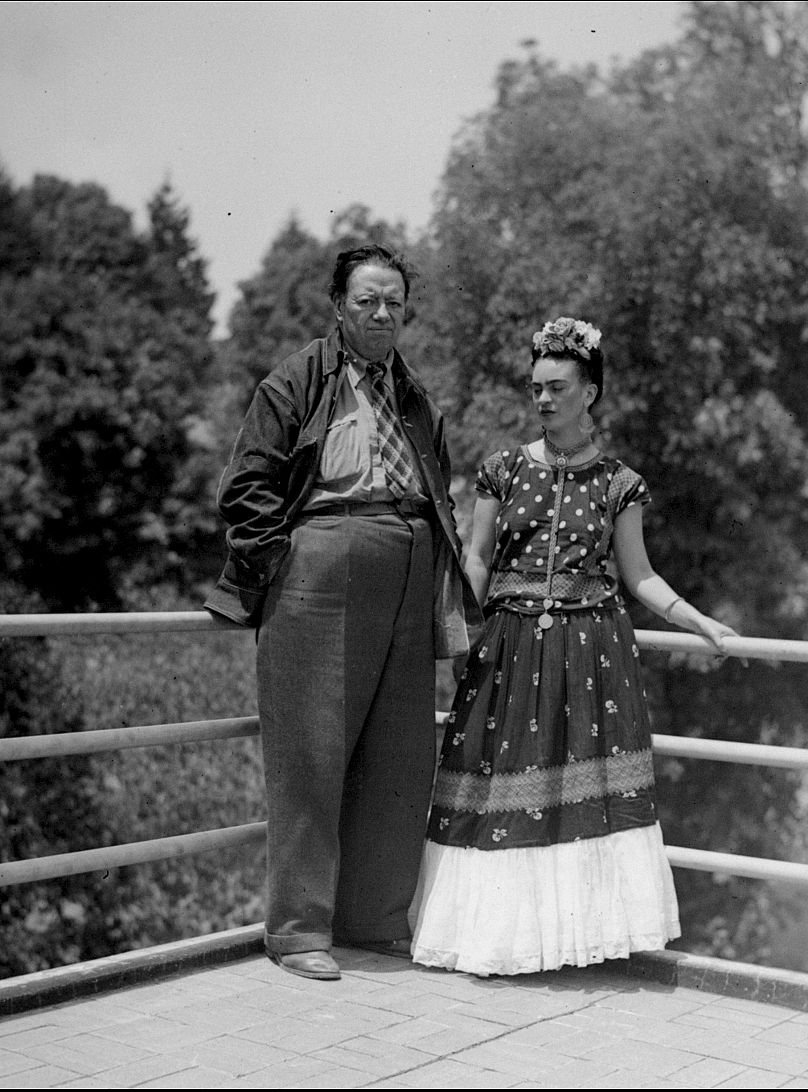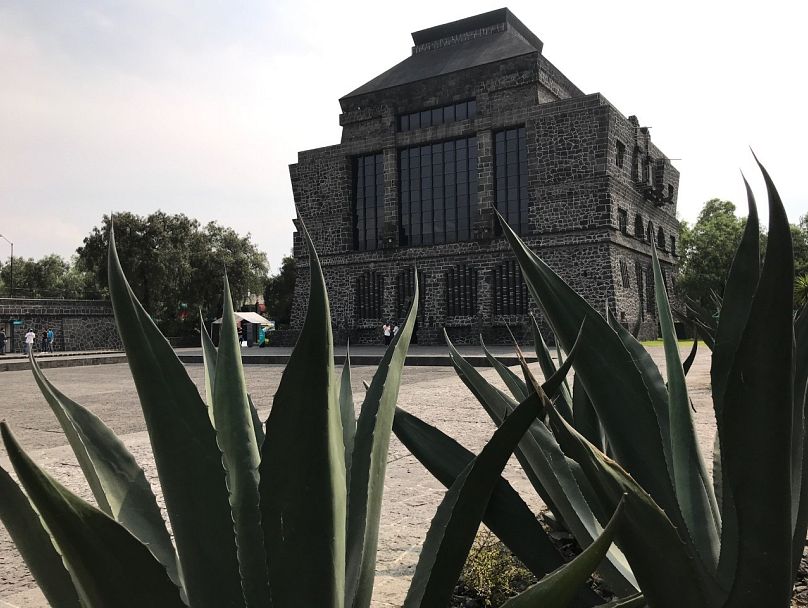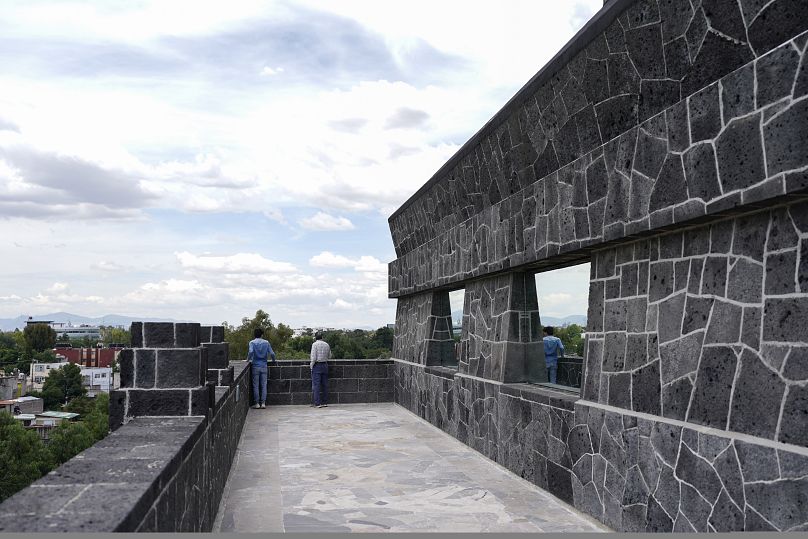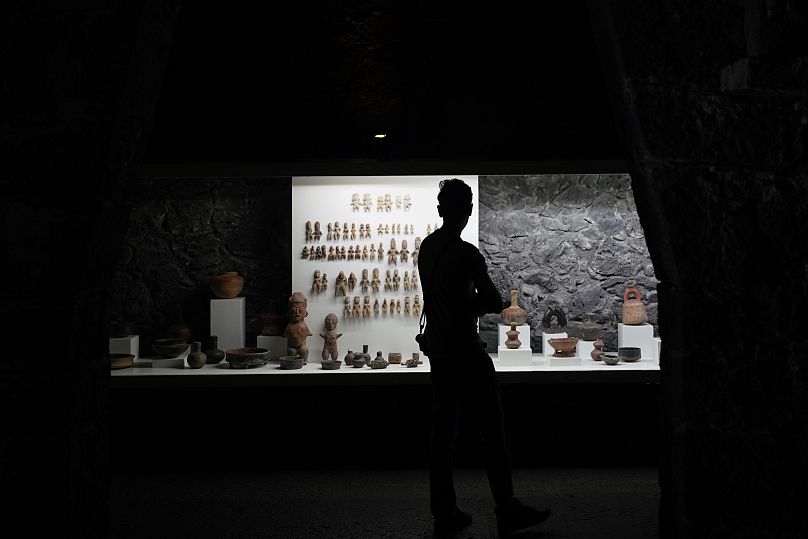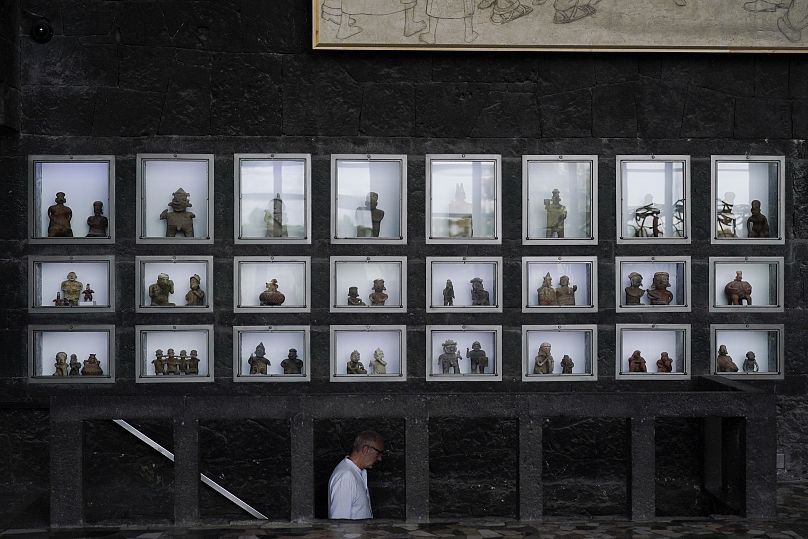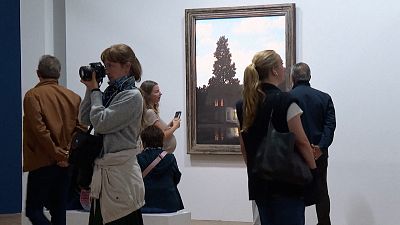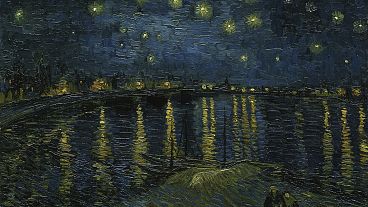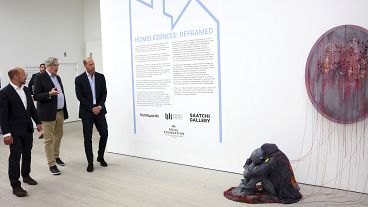The Anahuacalli Museum in Mexico City, envisioned by Diego Rivera to preserve Mexico’s pre-Hispanic heritage, is celebrating its 60th anniversary.
In the 1940s, one of Mexico's most acclaimed painters Diego Rivera had a dream: to build a sacred space to preserve and showcase his lifelong collection of pre-Hispanic art.
Today, that dream stands tall as the Anahuacalli Museum in Mexico City, which is celebrating its 60th anniversary this month.
The museum, located in the San Pablo de Tepetlapa neighborhood of Coyoacán in Mexico City, is a tribute to the Aztec worldview. It houses over 60,000 remarkable archaeological artefacts, many depicting ancient deities. And though foreigners visit on a regular basis, its workshops and year-round activities aim to connect the local communities to their historic roots.
“This is Diego Rivera’s dream come true: a space in which art, nature and the public coexist,” said María Teresa Moya, director of the Anahuacalli.
The Mexican muralist was aligned with a Communist ideology. He and his wife - the iconic Frida Kahlo - openly criticised the Catholic Church. But their fascination with Mexico’s pre-Hispanic spirituality is clear through their work.
Rivera not only collected artefacts but also immortalised them in his murals and designed the Anahuacalli to house them. “Diego had a great respect, affection and admiration for our ancestors,” Moya said. “Everything he designed or created was inspired by our origins.”
The museum’s architecture is itself a reflection of Mexico’s ancient cosmology. The ground floor, representing the underworld, is cold and shadowy. The second and third levels, inspired by the earthly and celestial realms, are bathed in warmth and light.
The three-story pyramid was inaugurated in September 1964, seven years after Rivera died. Its name, Anahuacalli, translates from the Nahuatl language as “house surrounded by water.”
Rivera and Kahlo first thought of the place as an oasis where they could move away from the buzz of the city. Later, even as their plans changed and Rivera decided to build the museum, the couple desirerd to be buried in the Anahuacalli's underworld.
Today, however, Kahlo rests in her famed Blue House, while Rivera is interred in the Rotunda of Illustrious Persons, a national cemetery site that honours those who made major contributions to Mexico's history and culture.
What's inside the Anahuacalli?
Inside, visitors can find a vast collection of over 60,000 pre-Hispanic artefacts, curated by Diego Rivera, including sculptures, pottery, and ceremonial objects from various Mesoamerican civilisations.
The museum's interior is organised into different thematic spaces across its three levels. The main floor focuses on rituals, burials, and the Mexica underworld, while the upper levels showcase daily life and gods of the celestial realm.
Even the museum’s walls and stairs carry symbolic meaning. Each of the Anahuacalli's four corners depict a natural element - earth, wind, water and fire - and their respective pre-Hispanic deities. The stairs represent the transition between the stages of one’s existence.
“The Anahuacalli is a temple,” Moya said. “And one of a kind.”
To mark its 60th anniversary, the museum has planned an array of events celebrating Mexico’s artistic and cultural legacy. These include a gastronomic festival, lectures on Rivera’s influence, and a video project capturing the memories of local residents who knew the artist personally.
“We want the community to keep feeling that this space belongs to them,” Moya said.












